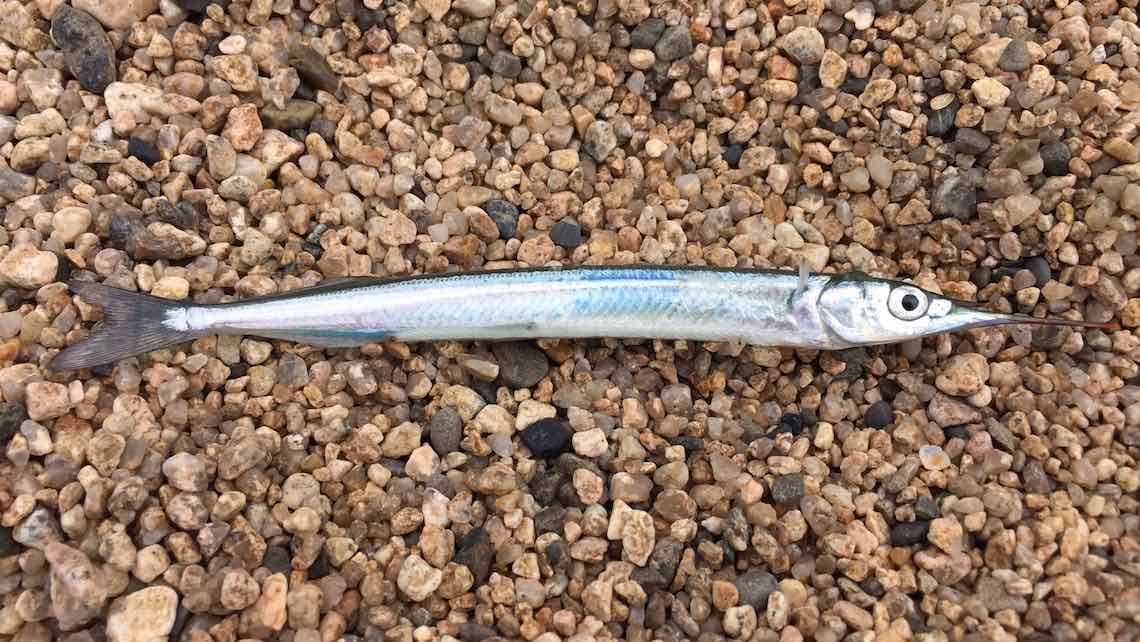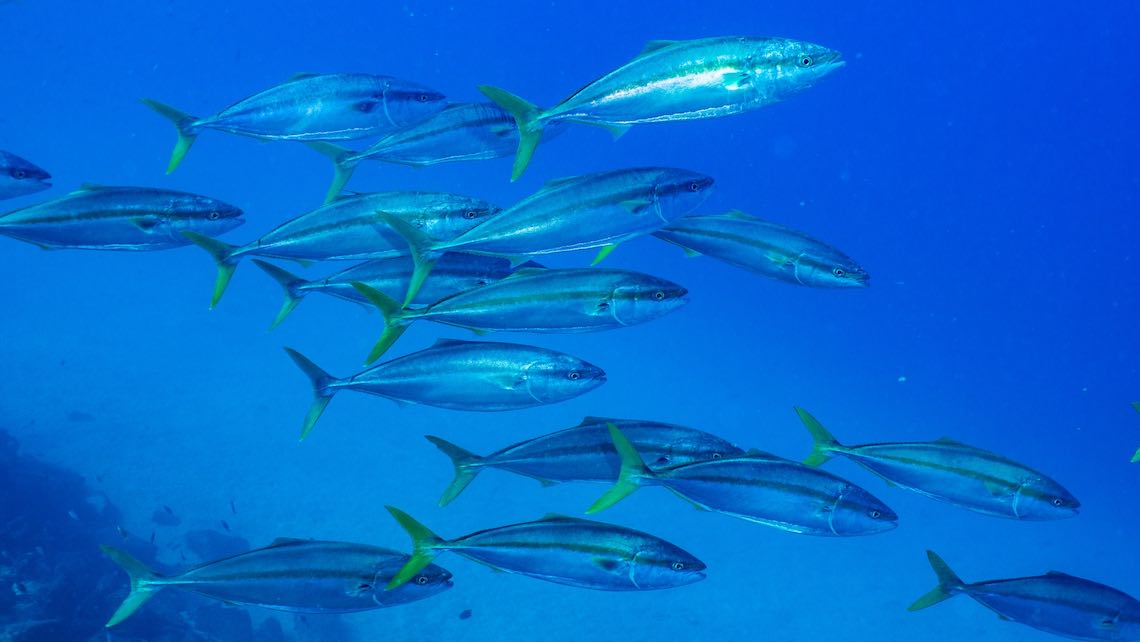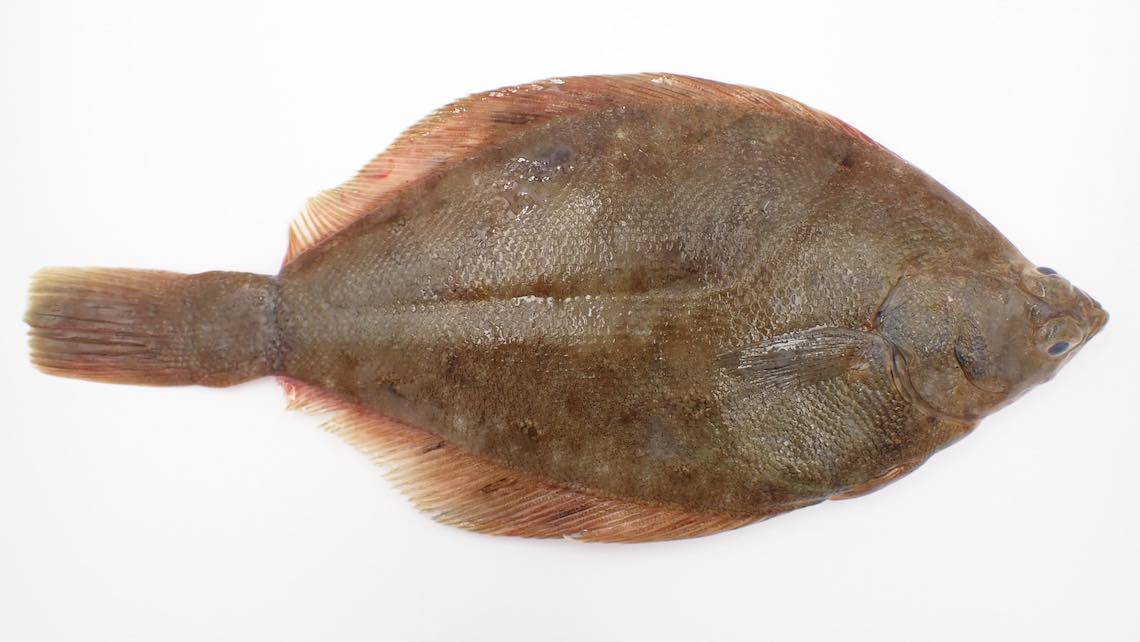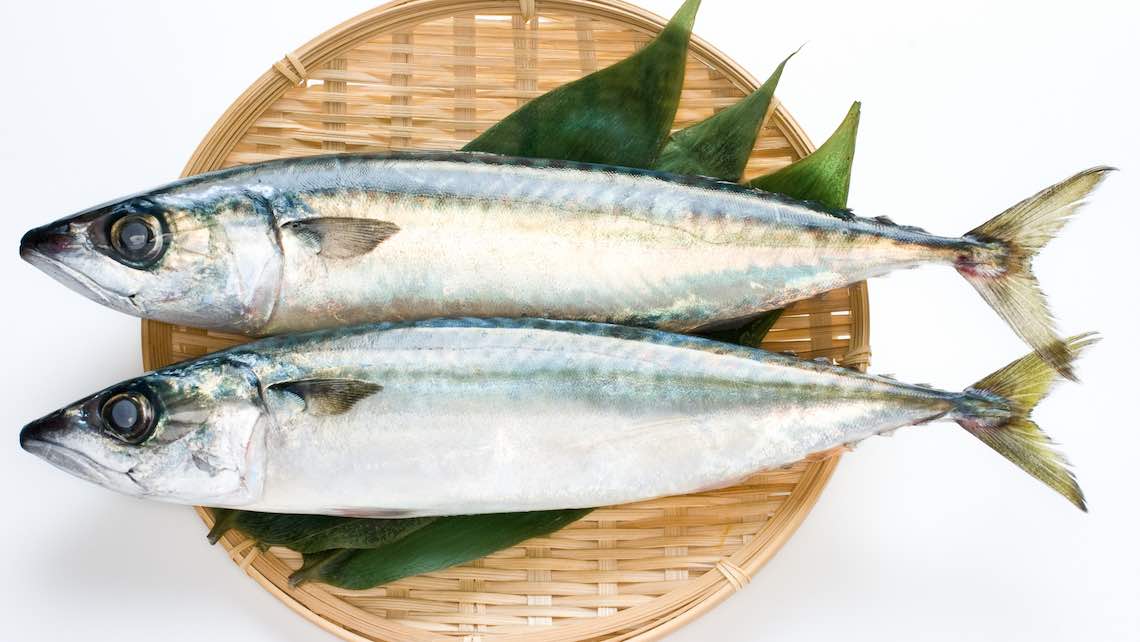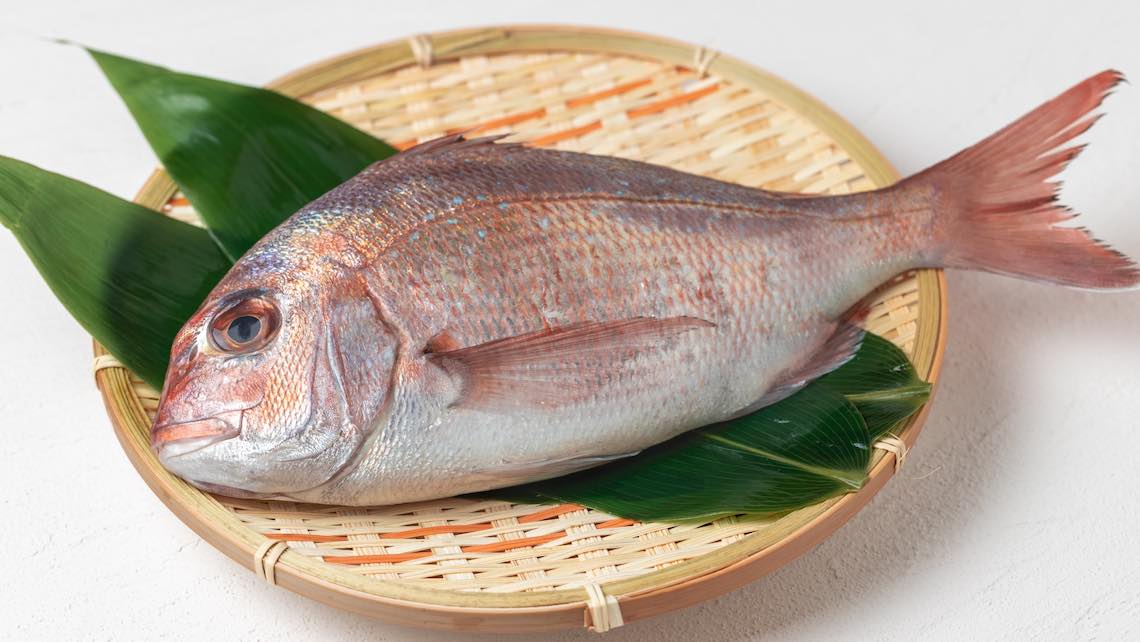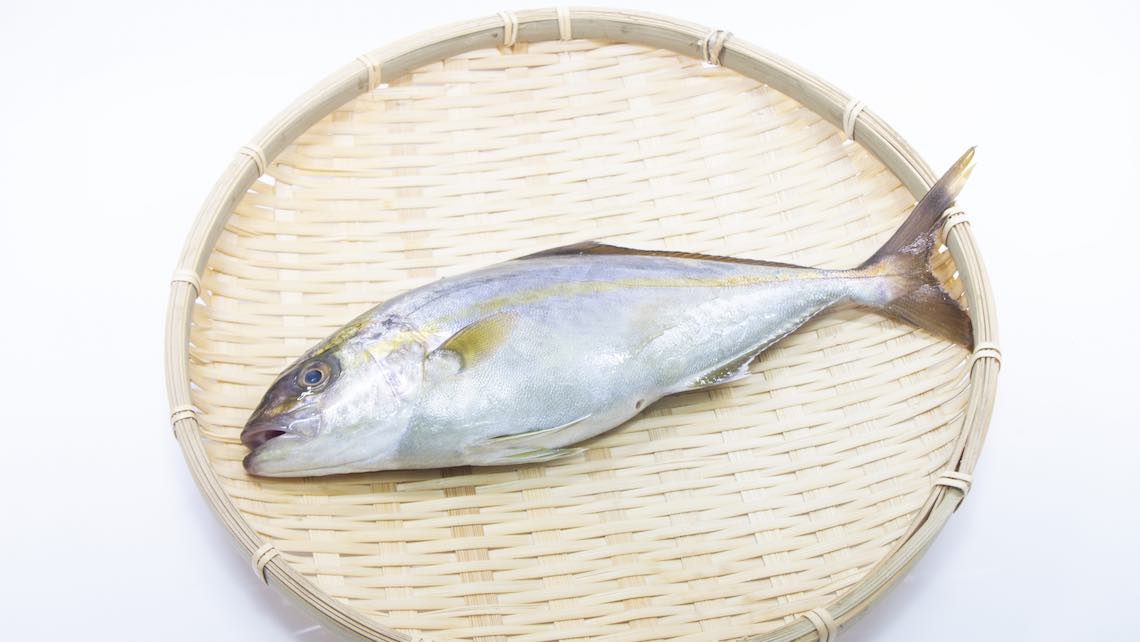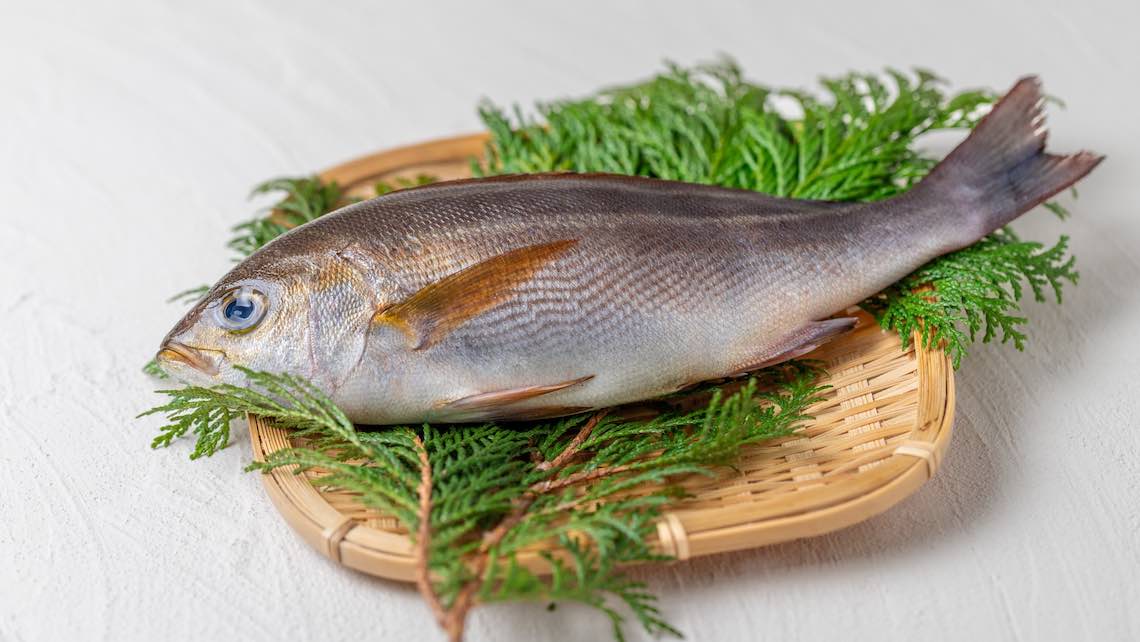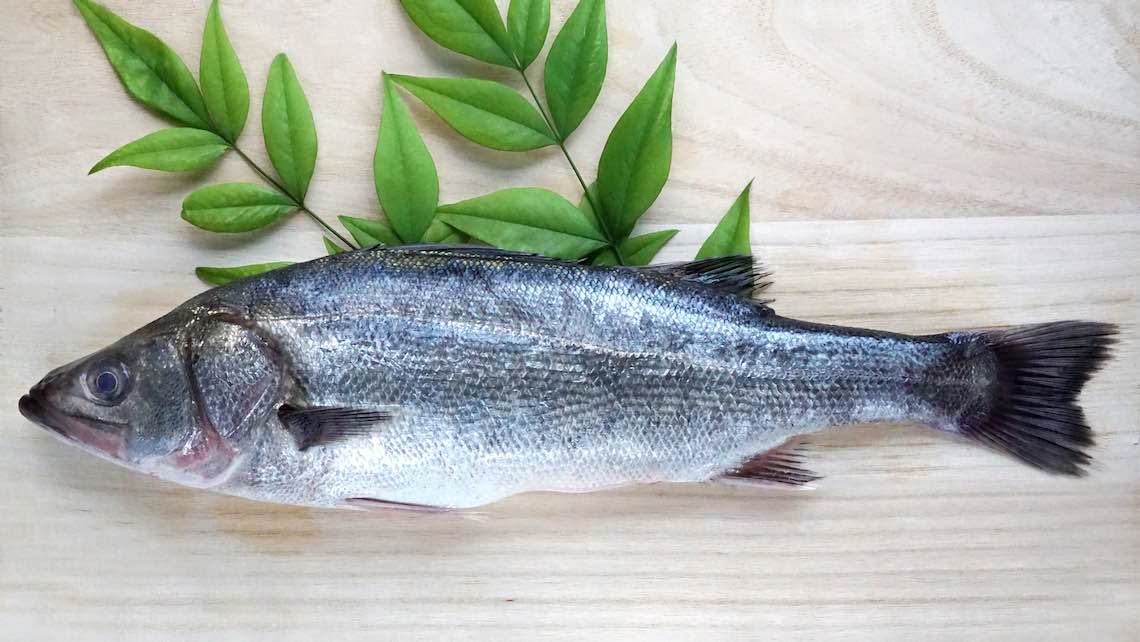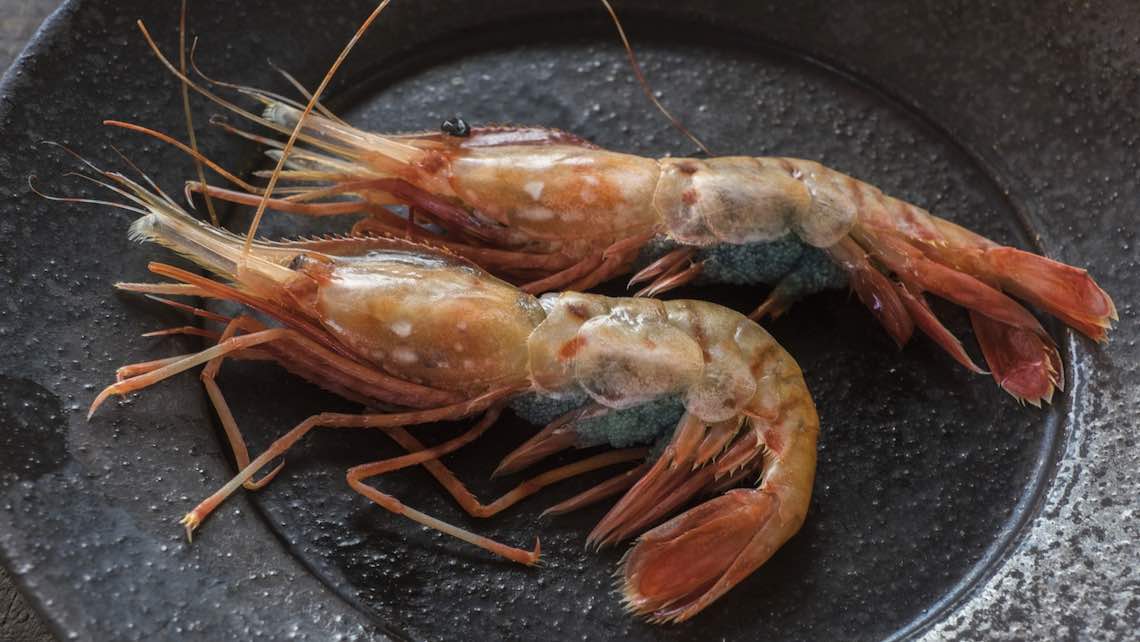Scallops [Hotate-Gai]
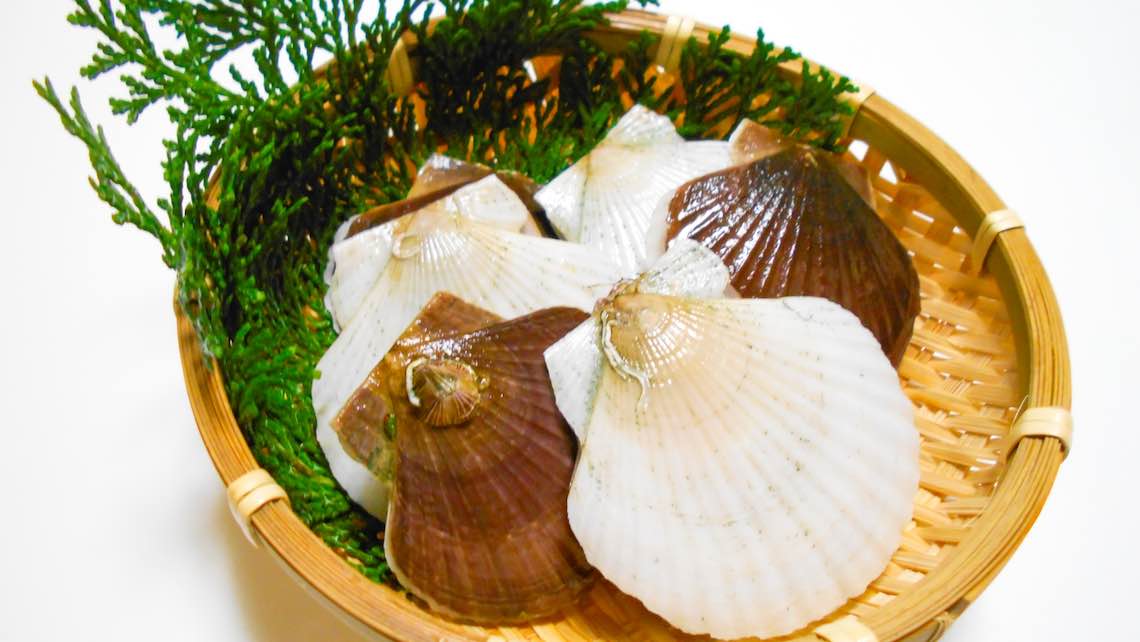
Japanese Name and Pronunciation:

[tsubugai]
Hotate, also known as scallops, are prized for their sweet, delicate flavor and tender texture, making them a popular ingredient in a wide range of dishes.
Natural Hotate have two peak seasons in a year, one in summer (May to August) and the other in winter (December to March).
In summer, after the spawning period, Hotate consume abundant plankton, resulting in significant growth of the adductor muscle, which gives the scallop its sweet and flavorful taste.
In winter, during the peak season from February to March, Hotate eggs grow large, and it becomes a delightful period not only to enjoy the succulent adductor muscle but also the plump and firm eggs.
Both seasons of Hotate are exceptional delicacies. However, thanks to advancements in aquaculture and fishing techniques, Hotate are now available year-round.
Japan boasts several regions known for their abundant Hotate catches. Notable production areas include Hokkaido, Aomori, and Miyagi prefectures in the northern part of the country. These regions provide optimal conditions for scallop cultivation, resulting in high-quality and sought-after seafood products.
In Japanese cuisine, Hotate is enjoyed in various forms. One of the most popular ways to savor Hotate is in “Hotate sashimi,” where the scallops are sliced thinly and served raw with a touch of soy sauce and wasabi. Hotate is also a key ingredient in “Hotate nigiri sushi,” a type of sushi where a slice of raw scallop is placed on top of a small portion of vinegar-seasoned sushi rice.
Furthermore, grilled or pan-seared Hotate dishes, such as “Hotate butteryaki,” are equally cherished, where the scallops are cooked to perfection, often with butter and soy sauce, to bring out their natural sweetness.
Overall, Hotate plays a significant role in Japanese culinary traditions, captivating diners with its delightful taste and versatility in various dishes, whether enjoyed raw or cooked to perfection.
![Scallops Sushi [Hotate-Gai]](https://itadakimasu-japan.com/wp-content/uploads/2023/07/hotate_sushi-320x180.jpeg)


